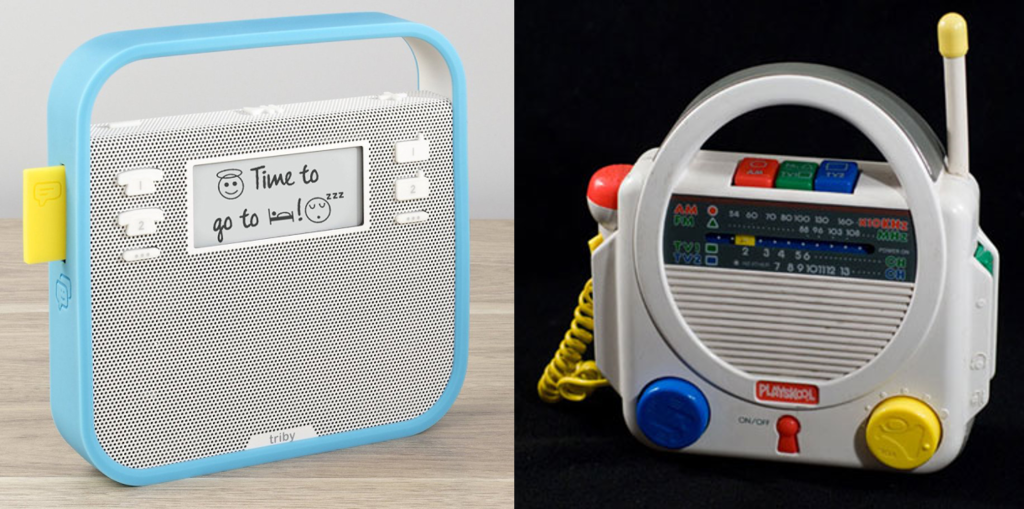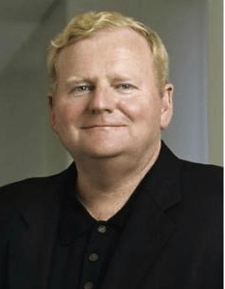
It happened again last week, this time during a call with Wall Street analysts. SiriusXM CEO Jim Meyer evoked the cliché 800-pound gorilla metaphor to describe the heft and enormity that is broadcast radio.
This isn’t the first time a satellite radio exec has made this exact comparison between AM/FM radio and large simian beasts. Late last year, it was SiriusXM EVP/CFO David Frear who essentially said the same thing at a Bank of America get-together (courtesy of Tom Taylor’s NOW):
“So terrestrial to me looks like a very healthy business. [But] to you guys, it probably doesn’t look that way, because there is leverage that a couple of [the radio companies] have. They’re not great equity stories, with no real growth at the topline. But (radio) is overwhelmingly where people who leave our service go.”
Frear also noted that when consumers tune out satellite radio, they “aren’t going to the streaming players, they’re going back to listen to AM/FM radio…They’re the 800-pound gorilla.”
Last week, Meyer quoted Techsurvey12 to illustrate how SiriusXM has made inroads in “connected cars.” But he used terms like “incumbent,” “widely used,” and “massive” to describe broadcast radio. You get the feeling that in the halls of SiriusXM there are photos of an oversized ape to remind employees precisely what they’re up against in their fight to carve out a larger chunk of the media usage pie – especially in cars.
Like so many other new players in the media landscape, their research continues to point to terrestrial radio not just as the target, but as the standard. It’s why so many players from Pandora to Slacker to Apple use “radio” to describe their services. As Pandora’s Tim Westergren told a panel of distinguished media mavens moderated by Paul Jacobs at the Worldwide Radio Summit last year, radio has an elegant “one-button solution” that is the envy of its competitors.
We saw that again the other day with the release of a new device called Triby (below left) that embeds Amazon’s virtual assistant Alexa in an interface that might look familiar to you. You may have already test drove Alexa on the Amazon Echo. But now, she is being exported to this third-party device that looks strangely like…a portable radio.

Triby’s simple, colorful appearance actually resembles the old Playskool radio (above right) you bought your pre-schooler. It has the look and feel of a good old portable, take-it-anywhere radio – so simple, even a kid can figure out how to use it. (Or perhaps these days, so simple that even a Baby Boomer can navigate it.)
Triby is being pitched as a device that connects and entertains families via WiFi. It features a Bluetooth speaker, a speakerphone, and two Internet radio presets. And of course, it is all about the ability to connect with Alexa, as well as display messages, information, and family communiques.
As tech companies do their R&D and discover that consumers want a device and a product “as simple as a radio,” it begs the question why the real thing – the 800 pound gorilla – isn’t doing more to take the lead, improve its time-honored position in the hearts of minds of consumers, and remind the advertising and marketing community that everyone is trying to copy, mimic, and replicate a product that already exists.
Radio continues to see itself through a 20th century lens, often missing the point that while consumers have a bevy of options from which to choose, the original innovation called “radio” delivers a product that already meets many needs, from variety to ubiquity to ease of use.
Does radio have issues it must overcome in order to slow down what Meyer refers to as “a proverbial ice cube melting in Alaska?”
Most definitely, and tt’s a long list, ranging from the crying need for more research, innovation and creativity, a strong commitment to podcasts, the lack of a car strategy, the digital radio conundrum, and an often bloated commercial load. But every industry has its strengths and weaknesses, and in that context, radio is no different. All of AM/FM’s competitors would love to have its foundation of reach and revenue.
The broadcast radio industry’s refusal to speak in one voice is a problem that we have discussed here before. And yet, there are reasons for optimism. The NAB’s new study about radio, consumers, and cars is a positive and collective effort that will benefit the entire industry. Public radio’s ventures into podcasting and the digital space – often overlooked by their commercial radio counterparts – have enhanced the industry’s position and reputation. Other initiatives that connect broadcast radio to the rest of the technology world through acquisition and partnerships can only serve to slow down the erosion problem, while shining the light on the industry’s willingness to innovate, take risks, and grow.

Leaders walk with a certain swagger – something that’s often been in short supply. And it sure doesn’t feel like a winning atmosphere in the “Radio Locker Room.” At times, the industry’s defensiveness and lack of transparency only serve to encourage its competitors, while causing its naysayers to claim that radio’s corporate honchos are in denial.
Proactivity, creativity, and leadership are what’s needed if radio is to maintain its gorilla status. So is admitting that not everything is perfect, there are problems to solve, and radio has work to do.
One of the most interesting things about Meyer’s state of SiriusXM’s status is his willingness to honestly acknowledge that his product has a long way to go, while then mapping out the ways in which Sirius/XM has progressed, along with the new initiatives it has planned that will lead to even more growth in a challenging space.
As he explained to the financial analysts, “terrestrial radio isn’t going anywhere quickly,” noting that AM/FM is where the vast, vast majority of listeners and advertising revenue lives. And with a quick shift, he reminded them that SiriusXM has “a huge opportunity here to tap this potential and provide a better bundle of radio for those who willing to pay.”
Sometimes, the competition has the best take on how the game is being played.
It’s time to start acting like that 800 pound gorilla, and take control of the jungle.
A JacoBLOG thank-you to Larry Rosin.
- Like A Pair Of Old Jeans - April 2, 2025
- What’s Fair Is Fair - April 1, 2025
- What’s On Your Bucket List? - March 31, 2025




May Day Plus One: “Proactivity, creativity, and leadership are what’s needed if radio is to maintain its gorilla status.” Radio, the original audio delivery, is receivable everywhere, wireless and free. We can turn it on a dime and not have to spend new dollars. Sadly, the CYA-CPA-Don’t Rock the Boat-We Didn’t Think of It-Unimaginative-Inexperienced Chicken Man Mentality is also everywhere….It’s Everywhere! Bumdittybumbum. Mighty Boomer Wing-ed Warriors, Take The Air! http://www.broadcastideas.com
Thanks for reading our blog, Clark, and for commenting.
Satellite radio will never be able to compete with local, terrestrial broadcasters, ever. Thinking that they’re on the same playing field proves they don’t understand radio.
I think they see broadcast radio’s numbers as a goal. In the car, they are making progress. And it is comparing apples to grapefruits – free vs. subscription. Thanks, David.
Would it help if the RAB actually promoted the idea that Radio is a “Primary Media” – instead of “a GREAT way to improve the effectiveness of your TV commercials”???? In the immortal words of Pogo (anyone remember?) “We have met the enemy – and they is US!”
Charlie, at times, radio has not helped it’s cause. Thanks for commenting.